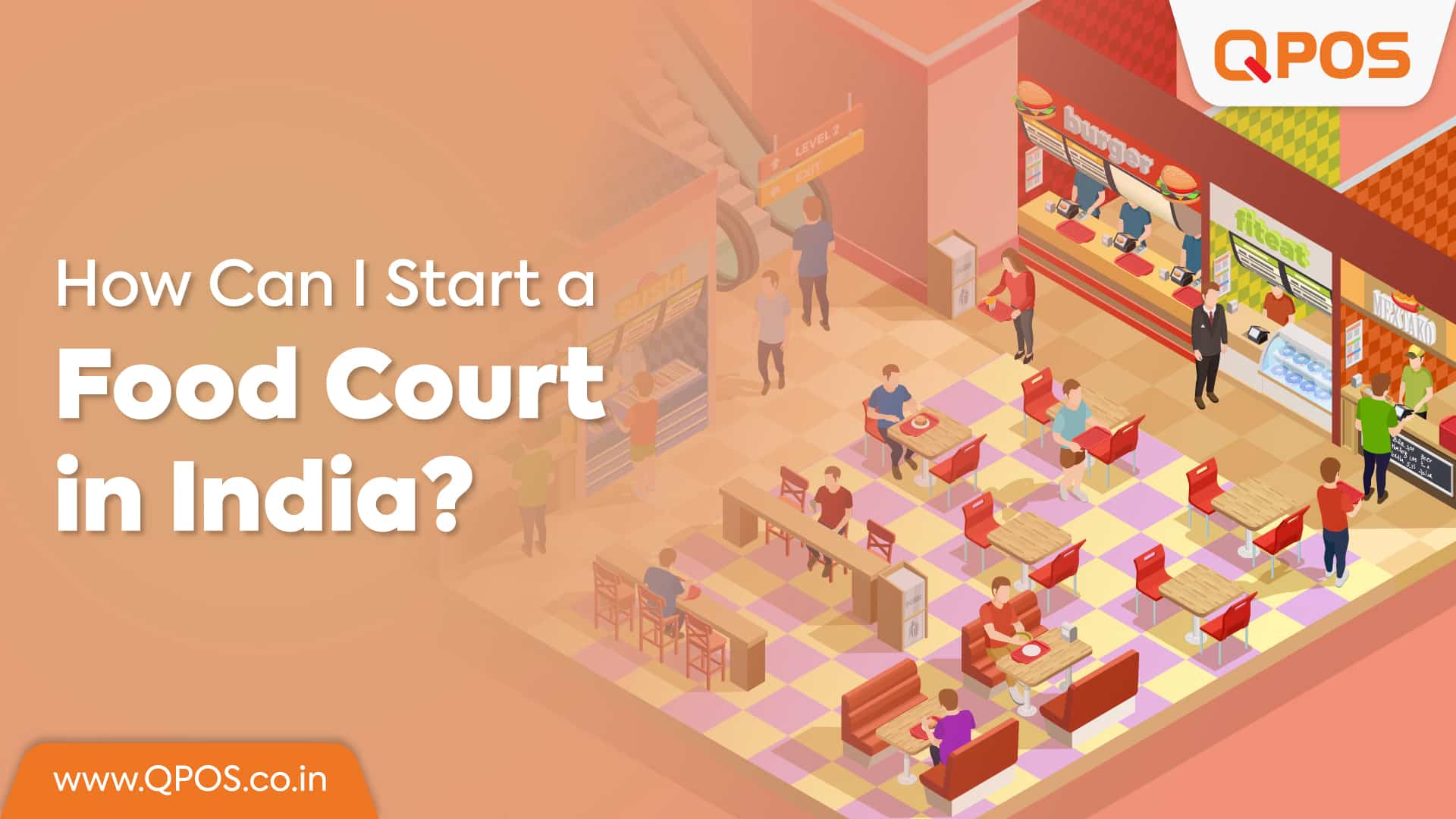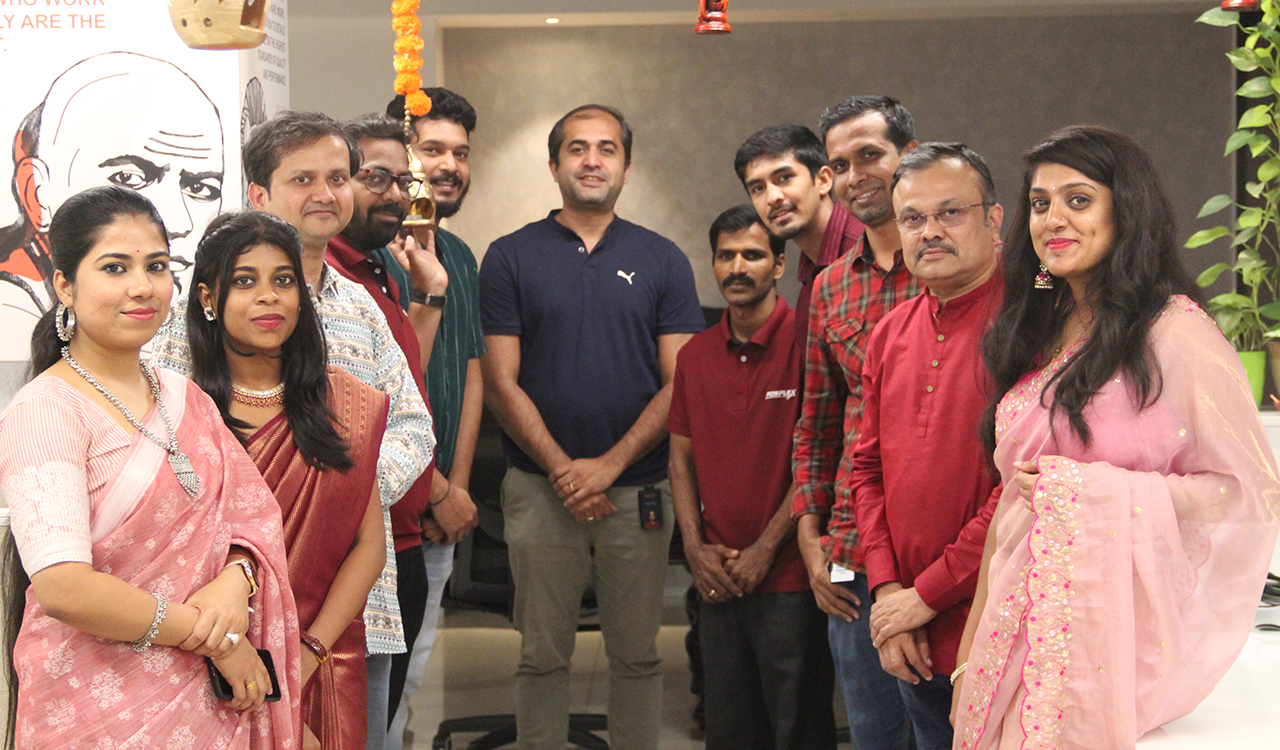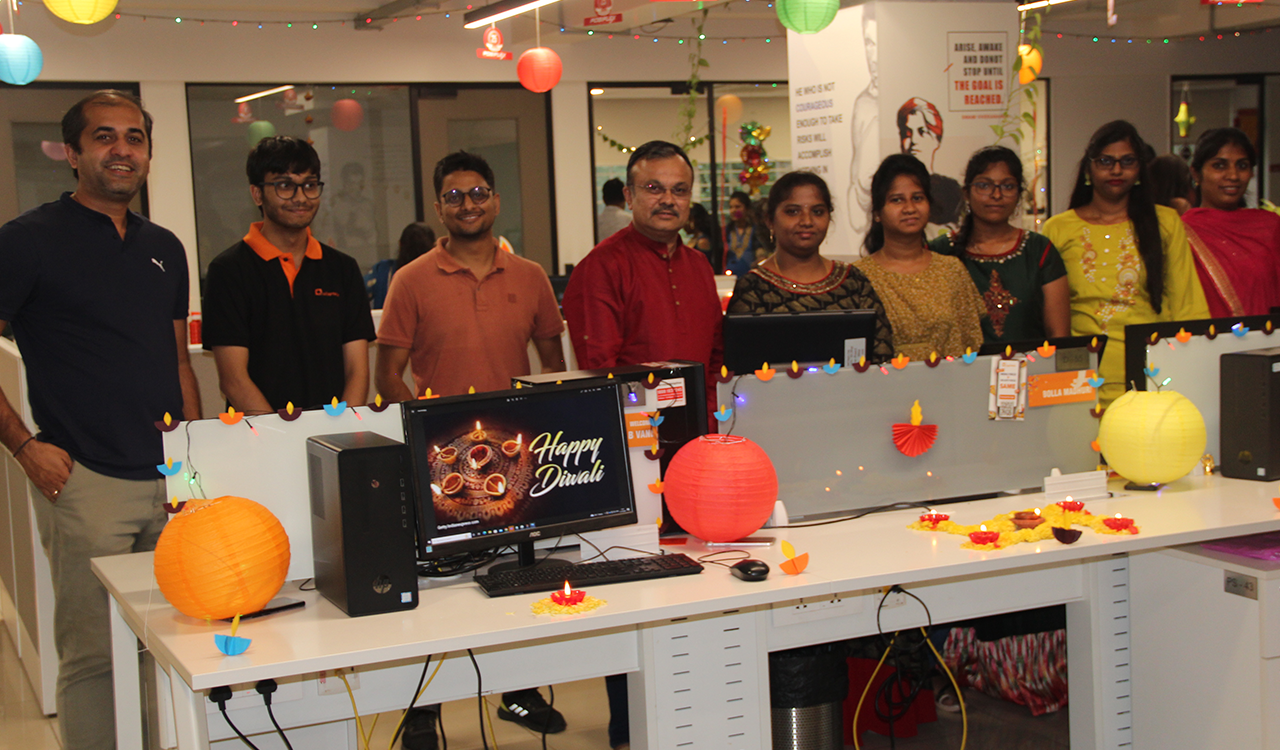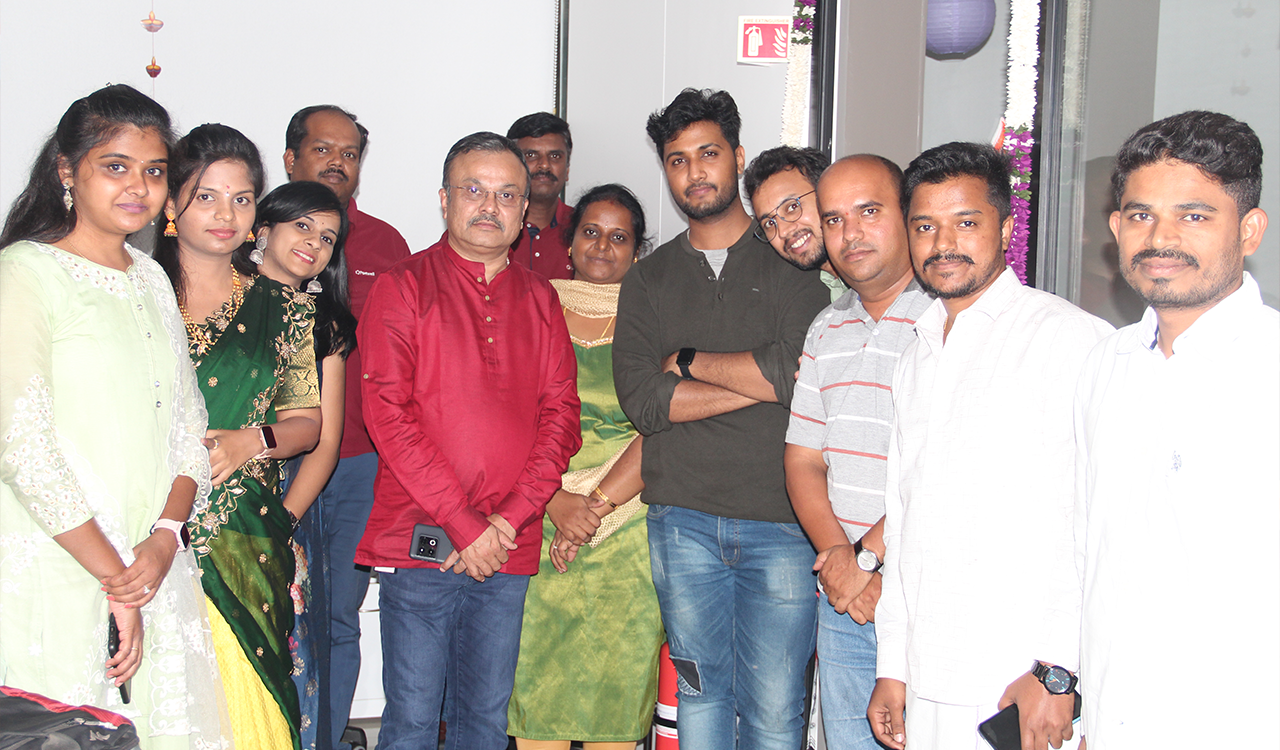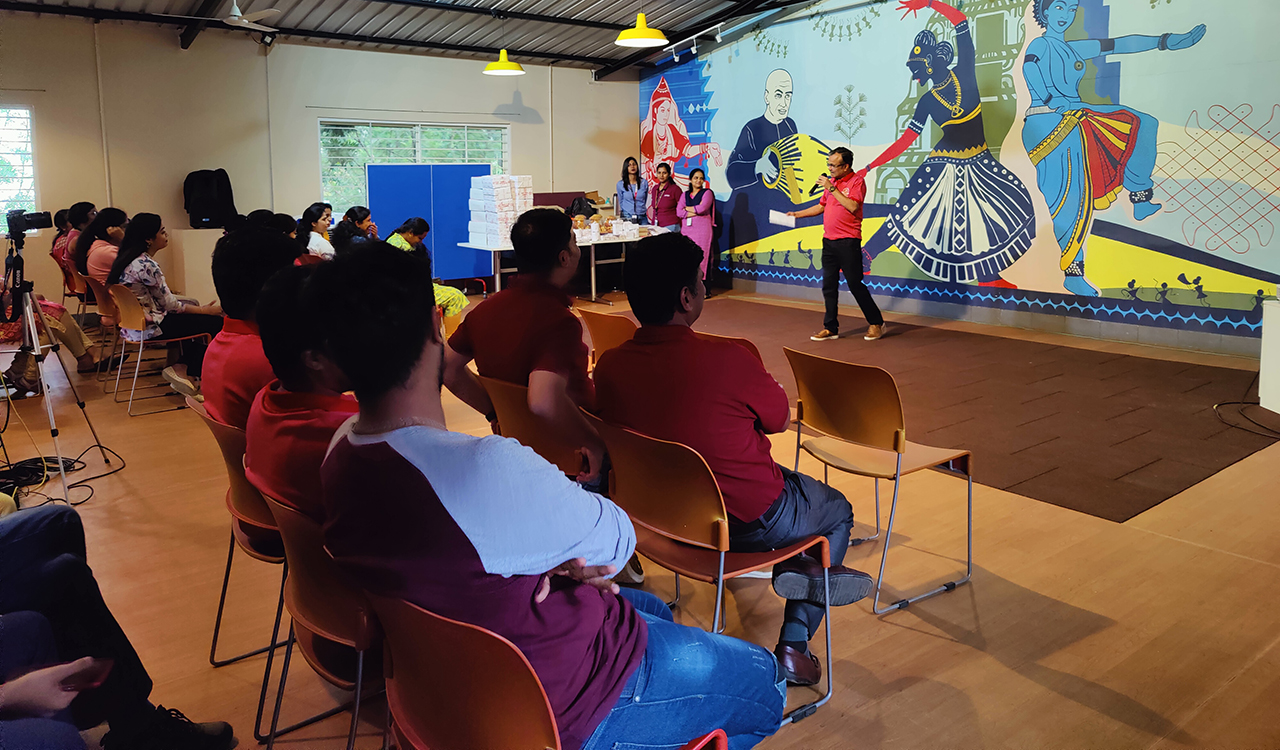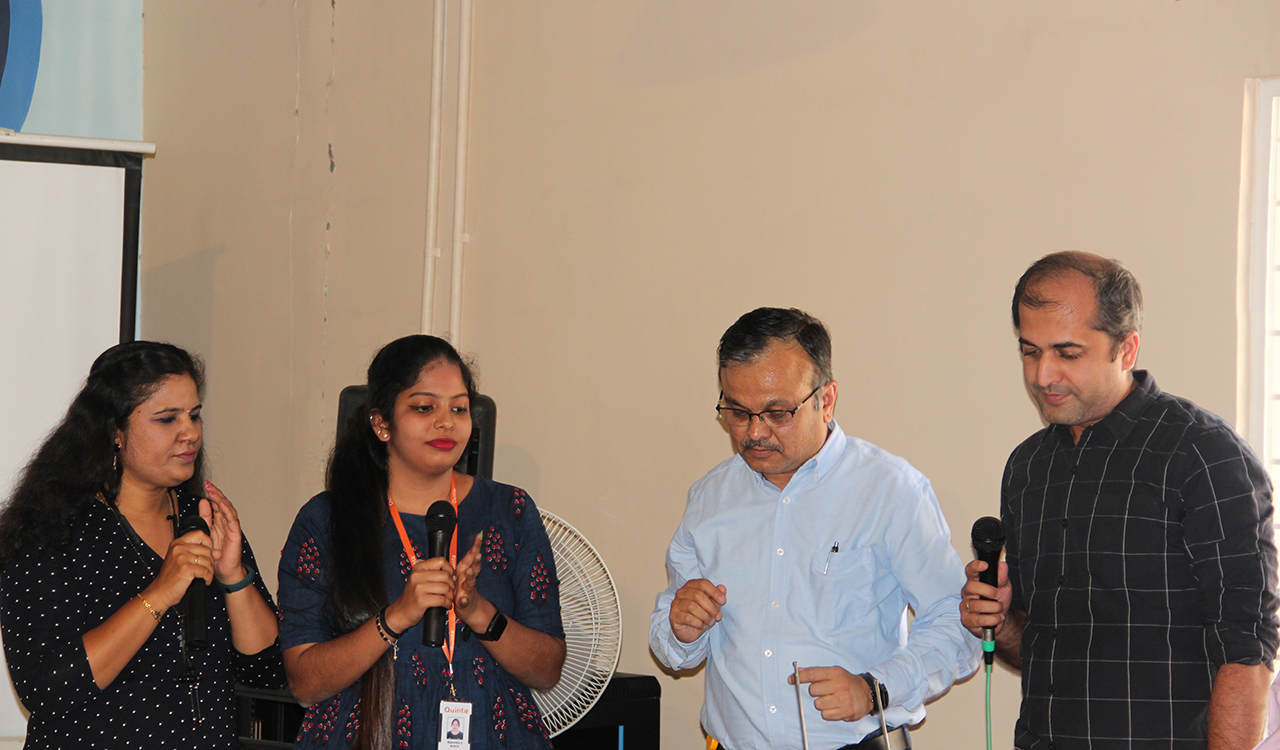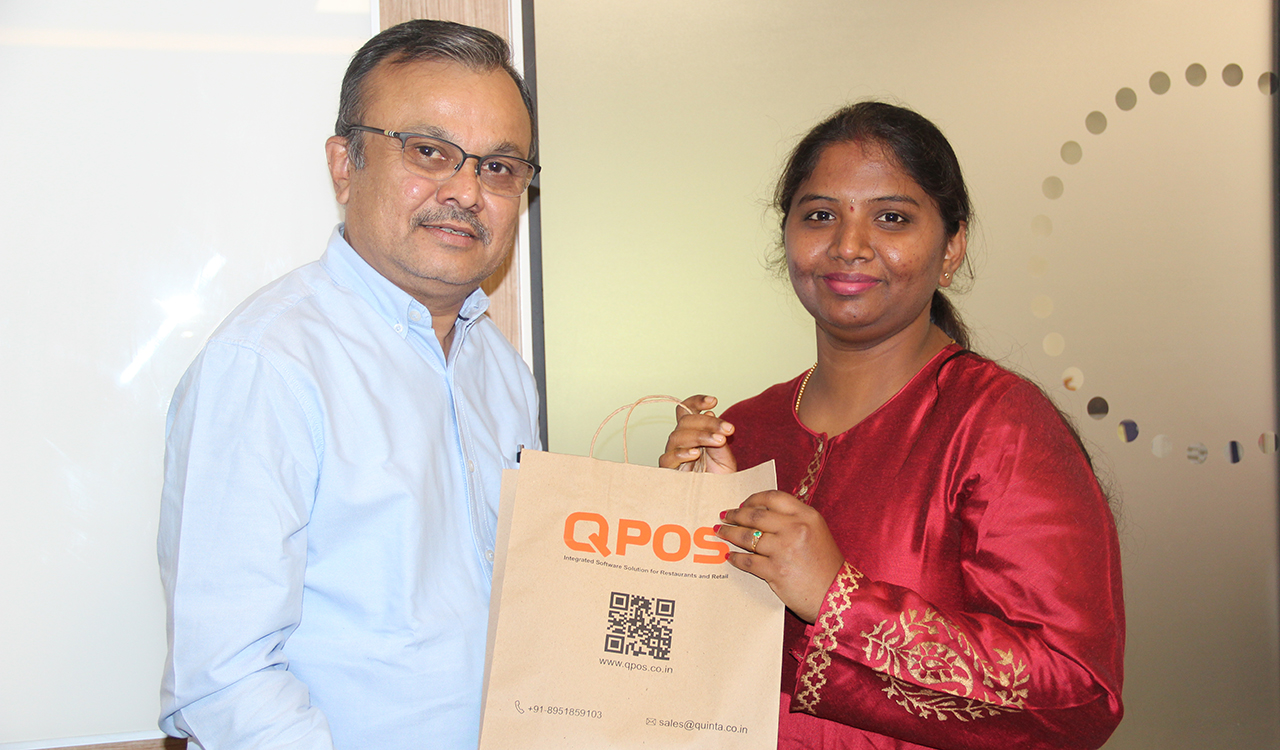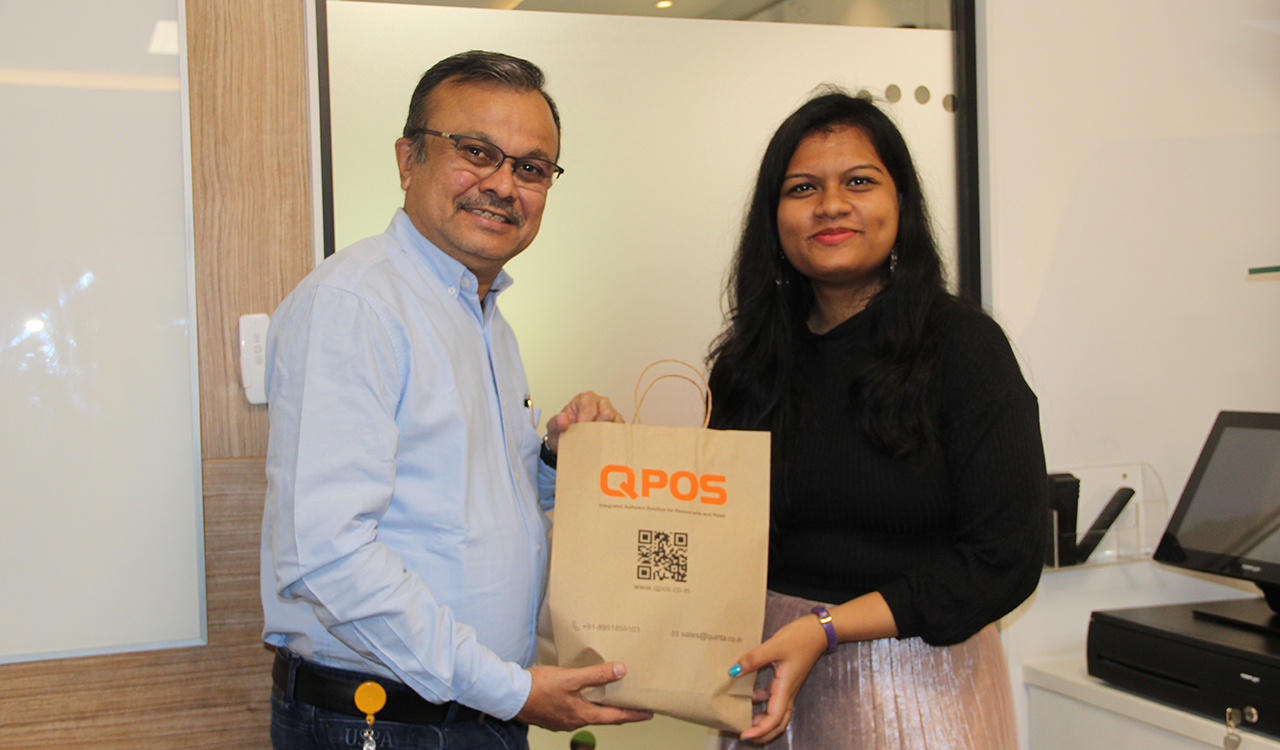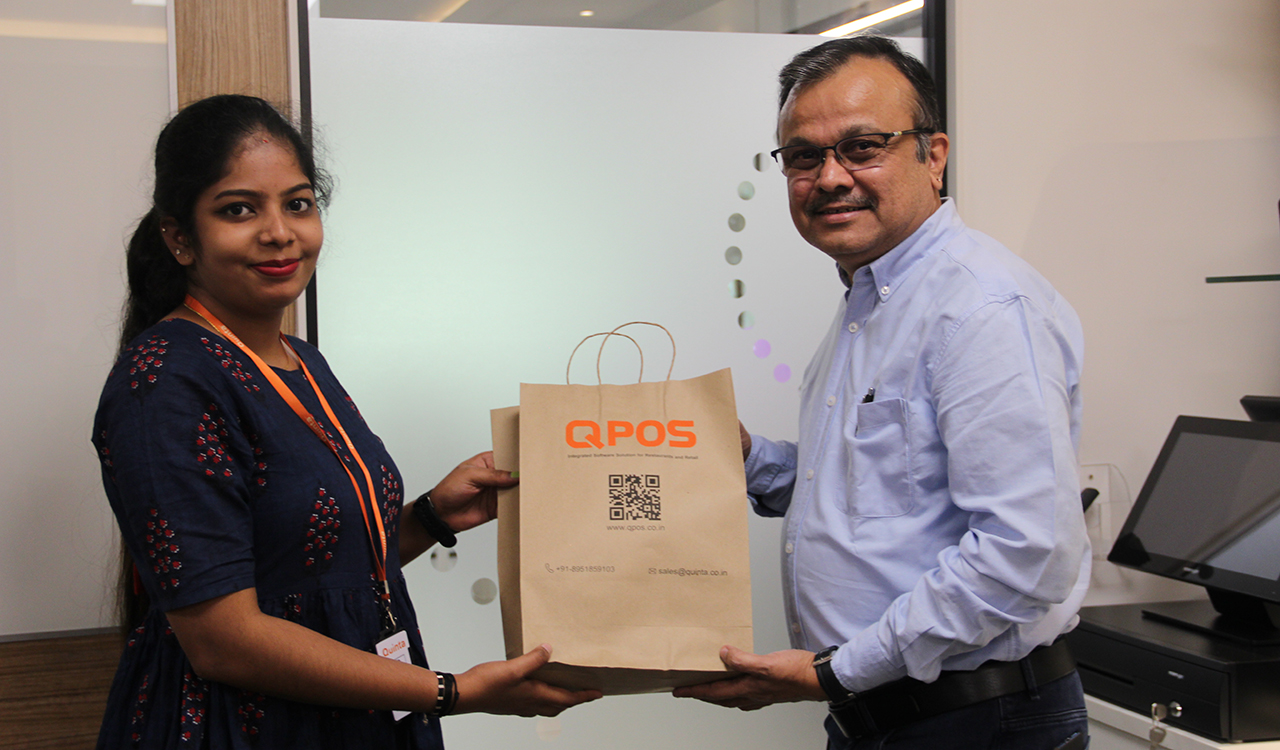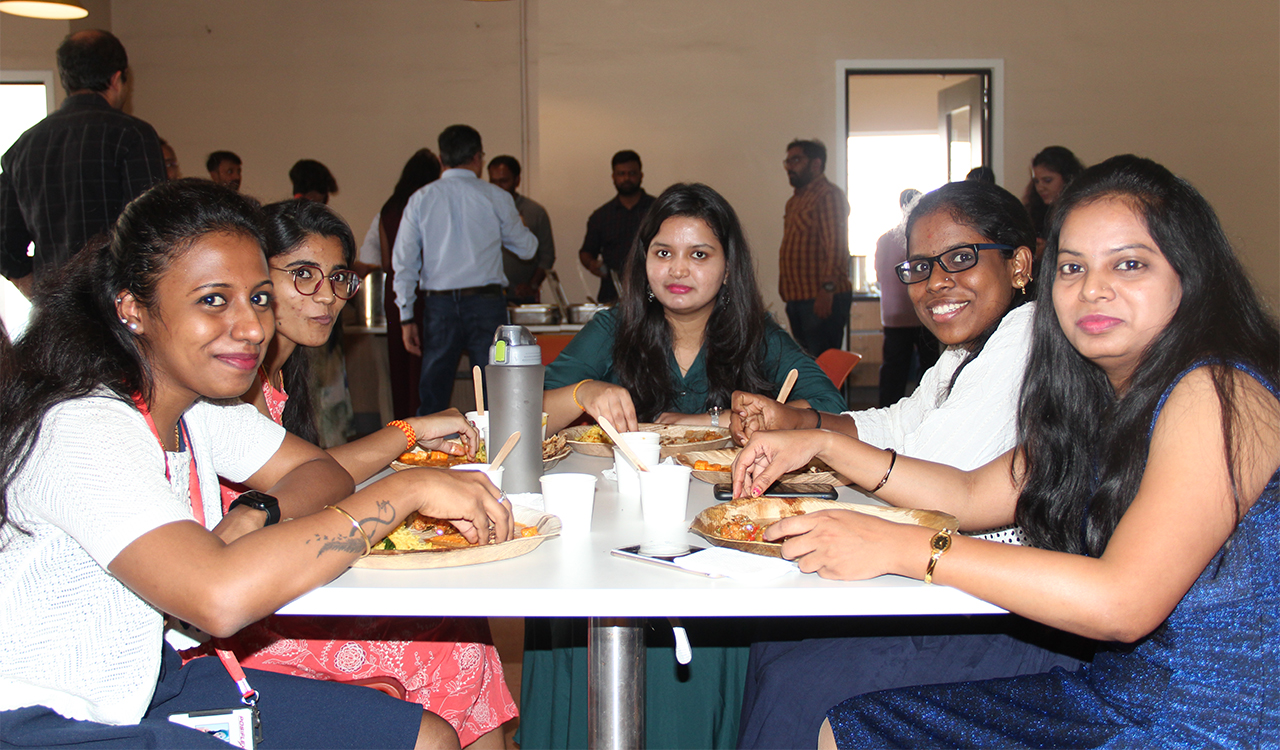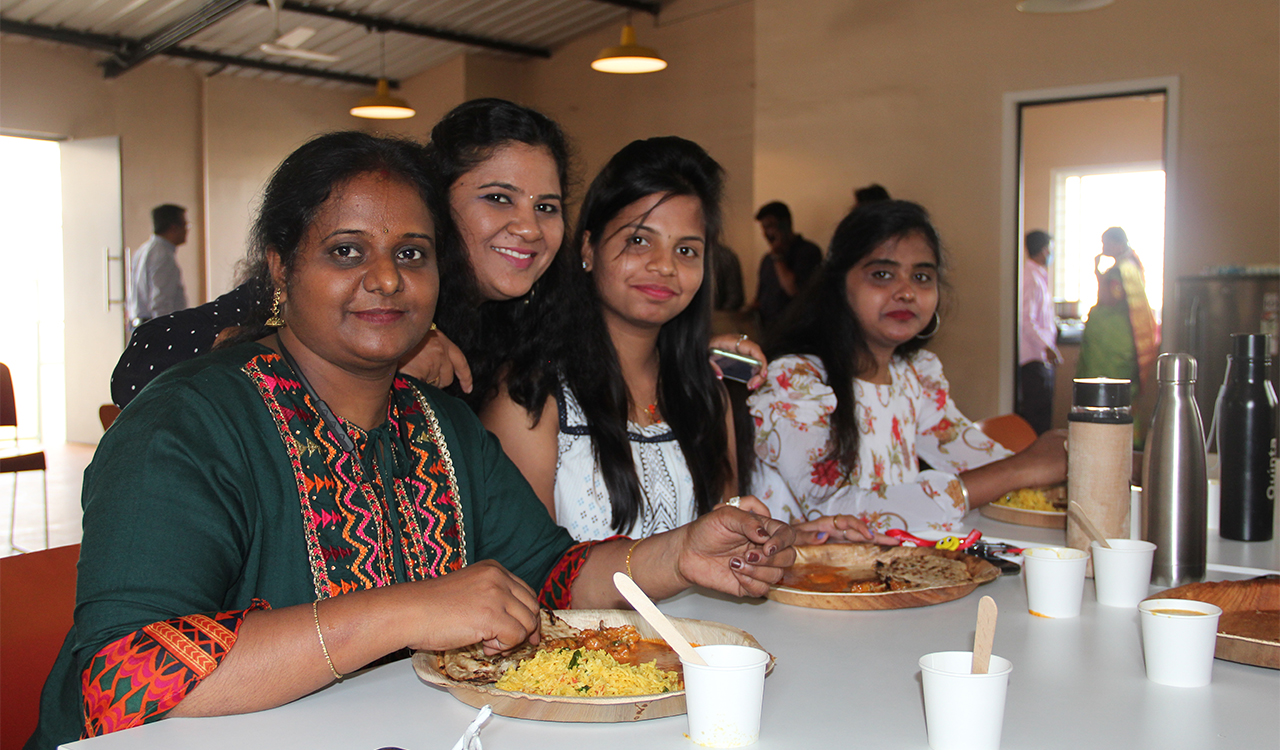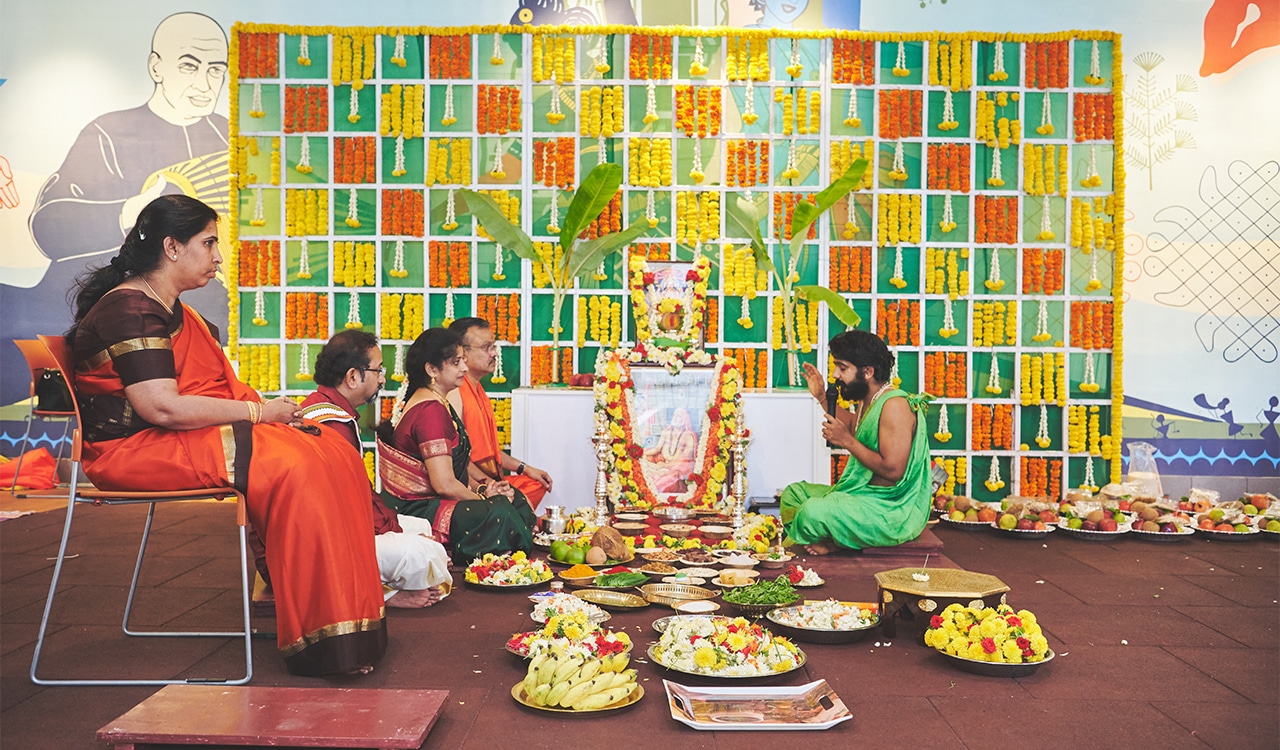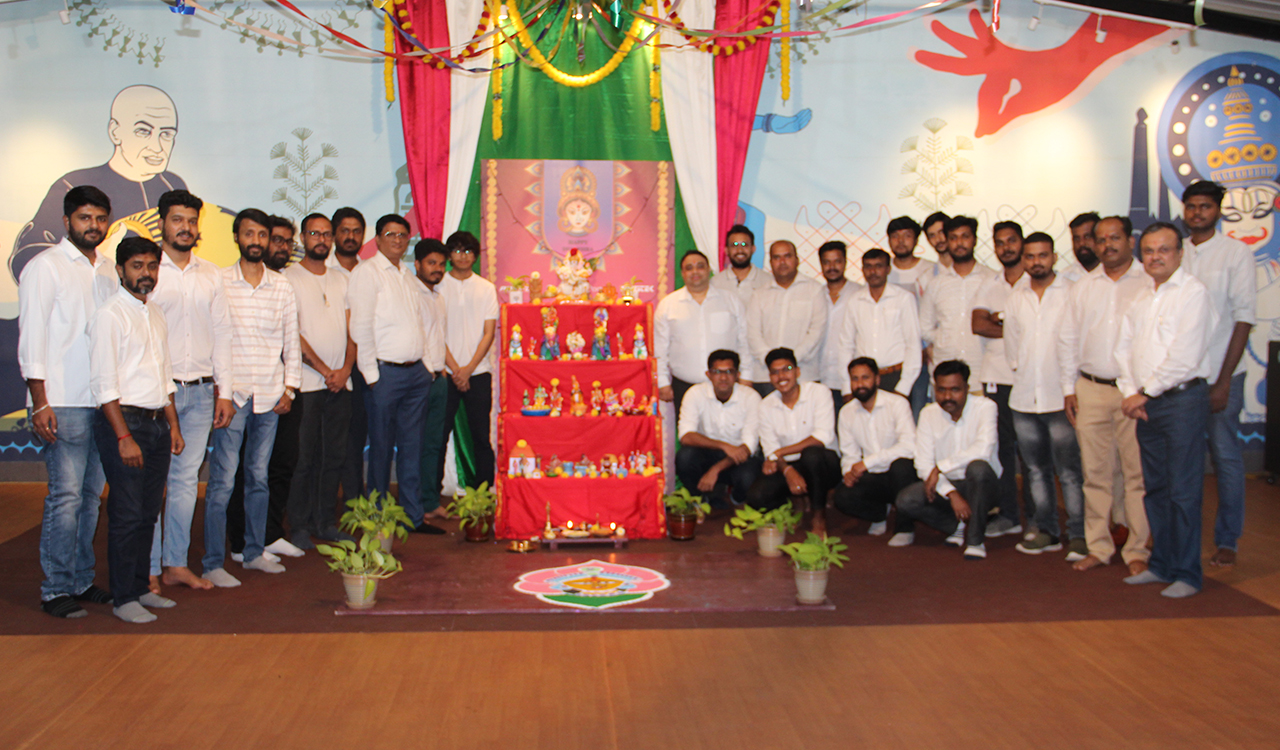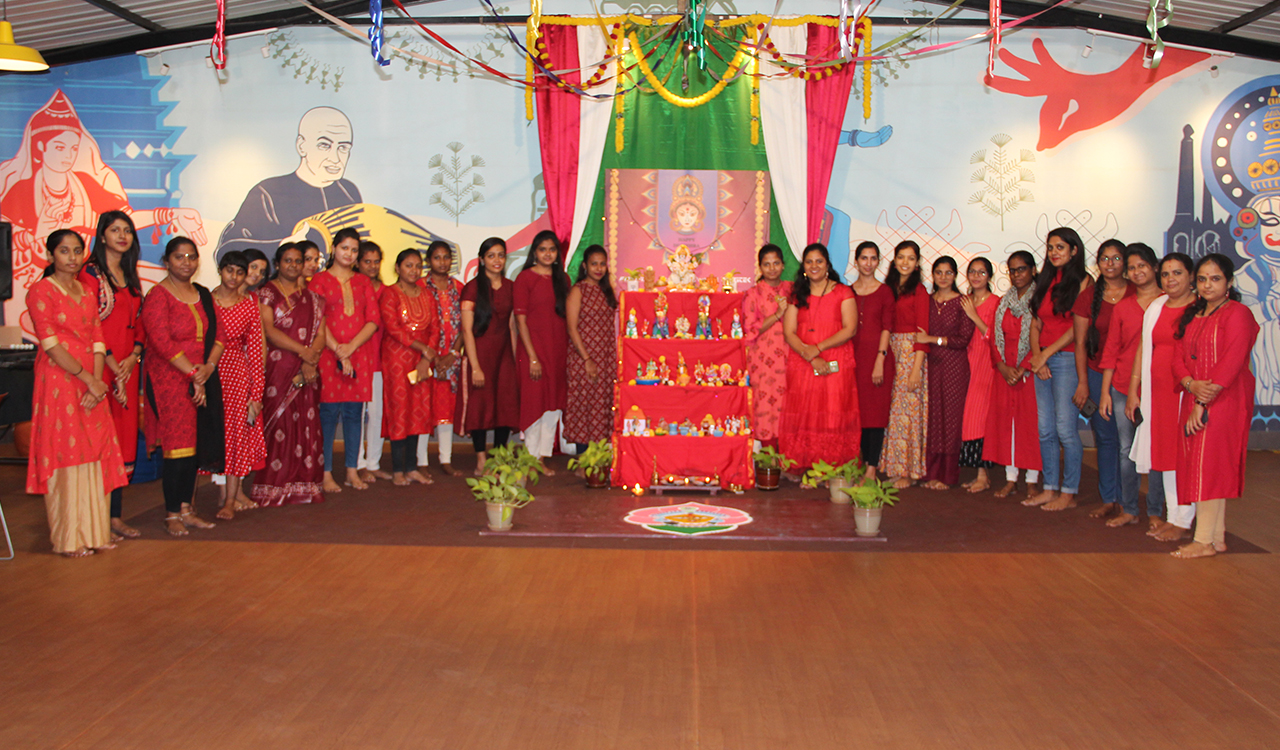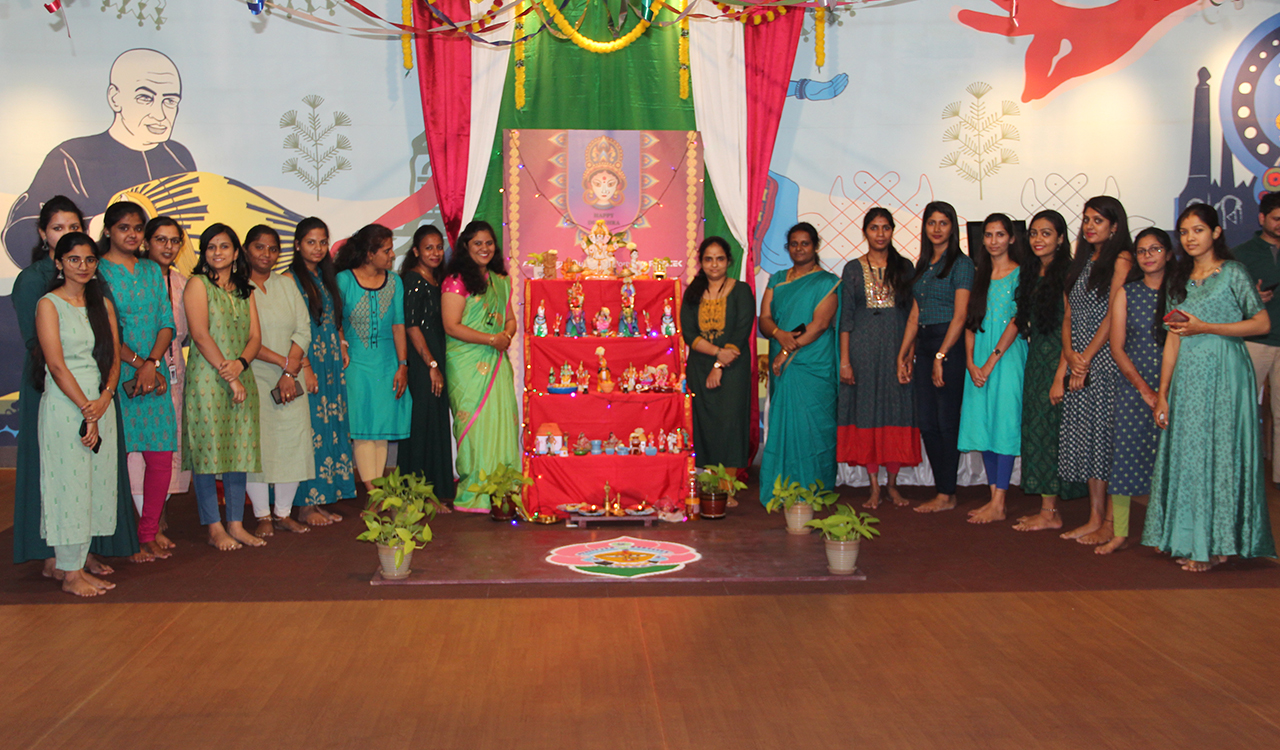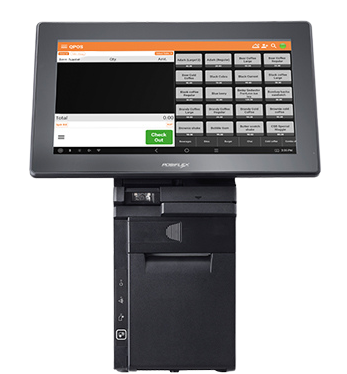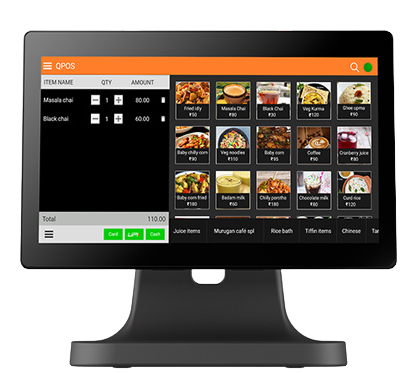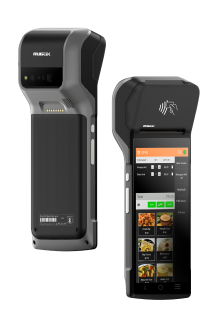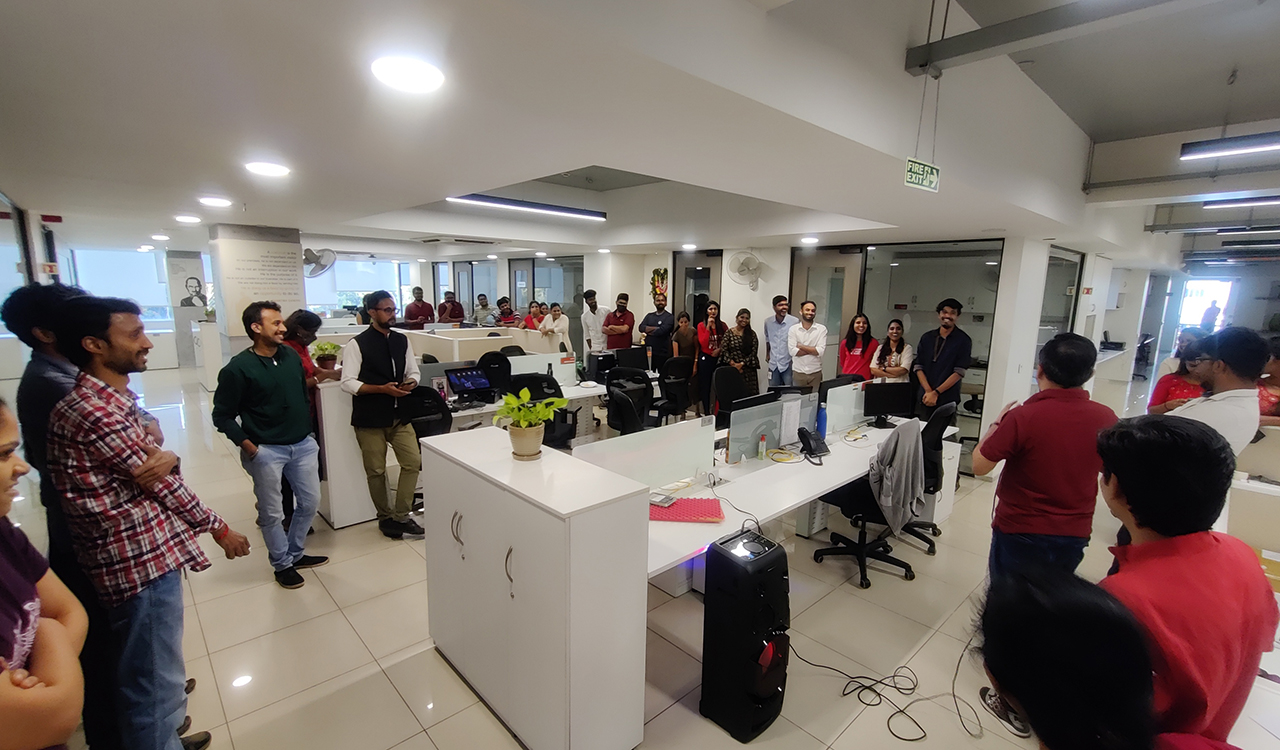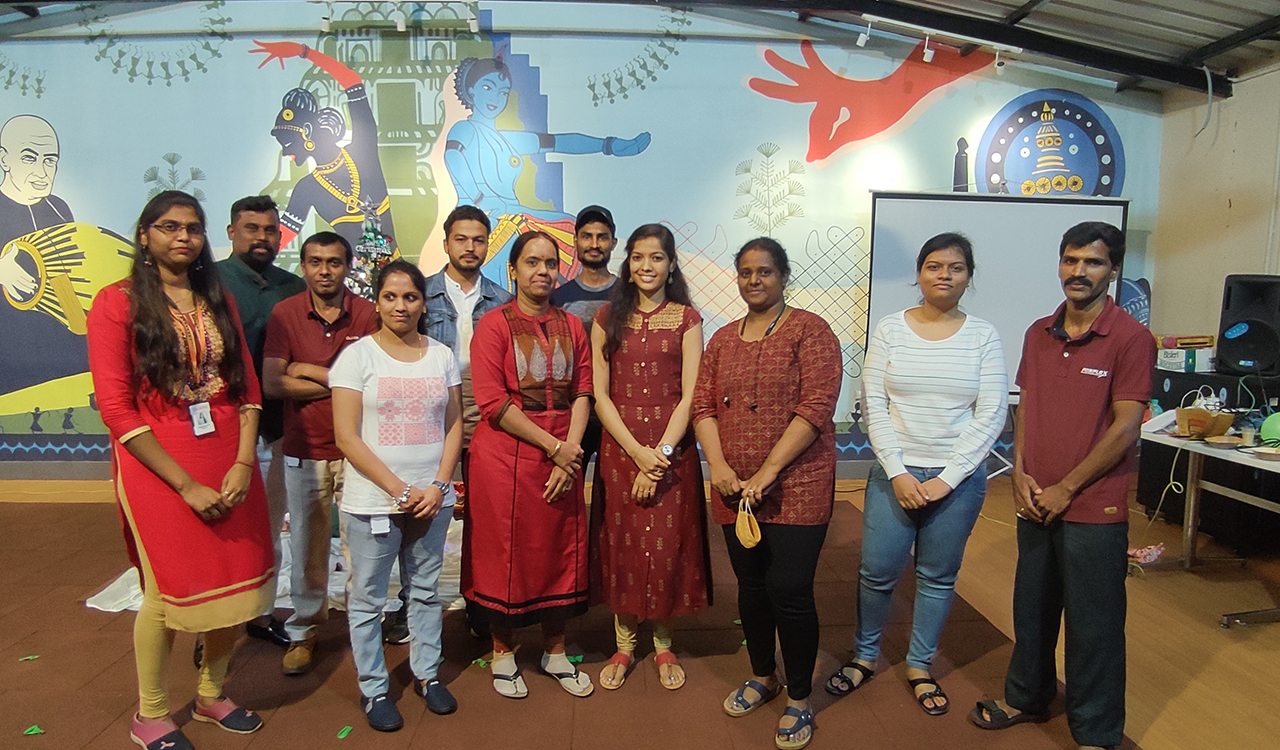How Can I Start a Food Court in India?
The Indian food industry is worth $905.20 billion in 2023 and is predicted to grow at a CAGR of 8.40% till 2028. Capitalising on this market boom, restaurants and eateries are popping up around every corner. So, if you’re a food entrepreneur, this is a great time for business expansion.
Opening a food court is a fantastic strategy to level up your business. Here, customers will enjoy several cuisines from various restaurants and cafés while you earn from each eatery.
Confused about getting started? From finding a location to choosing a restaurant billing software, this post discusses everything to kickstart your food court.
Evaluate the Market and Audience
Firstly, determine the type of eateries present in local food courts. Research shopping malls, food hubs, airports, and multiplex theatres. Jot down the most successful restaurants/cafes and their top-selling items. Then, find the unique selling points of these restaurants.
Talk to the customers and shop owners to understand popular food trends. Also, evaluate the type of customers visiting these places to identify your target audience. All this will help you gather the fundamentals of setting up the food court.
Find the Perfect Location
The food court must be in a location where people can easily reach. It will depend on your target audience and their lifestyle –
- If the court has more multicuisine restaurants, choose a posh area with affluent families.
- If there are more affordable cafes and fast-food joints, pick a location near a college or school.
- Affordable eateries will also suit locations with several middle-class families.
The location must also have convenient transportation facilities. So, pick a place near a metro station, train station, or bus stop and one easily accessible by private vehicles.
Prepare the Menu and Select Food Joints
Select the type of food to offer based on your and the target audience’s preferences. You can select eateries serving local cuisines. Fast food joints offering confectioneries, pizzas, burgers, hot dogs, and other popular snacks are good options.
You can also choose food joints serving continental dishes. Maintain a balance of non-vegetarian and vegetarian dishes to address all customer segments and foodies!
For example, Omaxe Chowk in Delhi is the largest food court in India, offering diverse cuisines. From traditional Indian dishes, bakery items, and healthy meals to continental delights, the location has it all.
With a 2000+ seating capacity, the place houses brands like Subway, Pizza Hut, Domino’s, KFC, Amritsari Express, Maska, and Haldiram’s. So, foodies of all types flock to the place all year long.
Obtain Necessary Licenses
You have to obtain specific licences to run the food court legally without complications. For this, contact a legal firm or lawyer to understand the licensing regulations. Here are some of the licences you may require –
- Food license from FSSAI (Food and Safety Standards Authority of India)
- Trade license and liquor licence
- Fire department NOC (No Objection Certificate)
- Shop establishment licence
- Pollution license
Also, you might establish technological standards for better customer experiences. You can suggest that owners use the restaurant POS software QPOS. It offers excellent customer relationship management, inventory management, order management, and kitchen communication facilities.
Talk to the lawyers about other infrastructural licences required for the food court.
Summing Up
Successfully running a food court can skyrocket your revenue over time. However, monitor the overall service standards to ensure maximum customer satisfaction. Evaluate the food quality, customer service, and restaurant management solutions the eateries use.
Also, focus on marketing the food court on social media platforms and Google ad campaigns. Post content about the restaurants and cafés, focusing on their unique facilities, to attract more customers.

